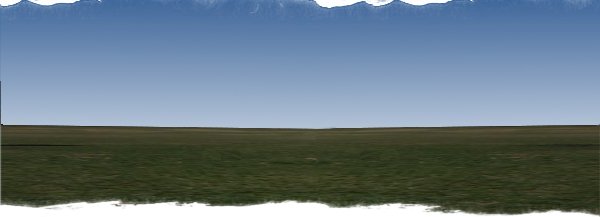
Sewing
All my seams are flat-felled seams. This is a very strong and waterproof type of seam and is the standard among tent makers today. I use a single needle industrial sewing machine for most work. In some places I will hand stitch with a heavy waxed thread.
A certain tent maker likes to claim that, since they make so many tents, they are able to force the canvas manufacturer to not print on the selvage of the fabric. While this may, strictly speaking, be true, it is also irrelevant to you. While the fabric does come to me with "Sunforger Boatshrunk" printed on the selvage, I know you don't want to read this, so I plan my cutting to make certain that the printing ends up either on the scrap heap or buried in a seam where you can't see it.

Woodworking
I use machinery, such as a table saw, for initial forming of pieces. Following that, I use hand planes, chisels, draw knives, spokeshaves, and scrapers for the joinery and finishing work. This gives you a crafted, not manufactured, look and feel.
All wood is scraped, sanded and finished with one coat of linseed oil as standard. Higher grades of finish are available.
The round ends of spokes are formed entirely with drawknife and spokeshave.
Some tent makers seem to think that tents only needs to look good from the outside. I think that one of the major reasons people buy pavilons is to give themselves a more authentic experience. Your "medieval moment" shouldn't be broken by going inside your pavilion. It takes a little longer to craft the inside with the same care as the outside, but I think it's worth the trouble.

Cordage
I make an eye-splice in one end of each guy line and whip the other end with waxed thread to keep it from unraveling. These are ancient techniques and are stronger and neater than knotting or, god forbid, duct tape.
| |
|
©2009, 2010, 2011, & 2012 Gene Eisele
Privacy Policy
Contact Me
|




